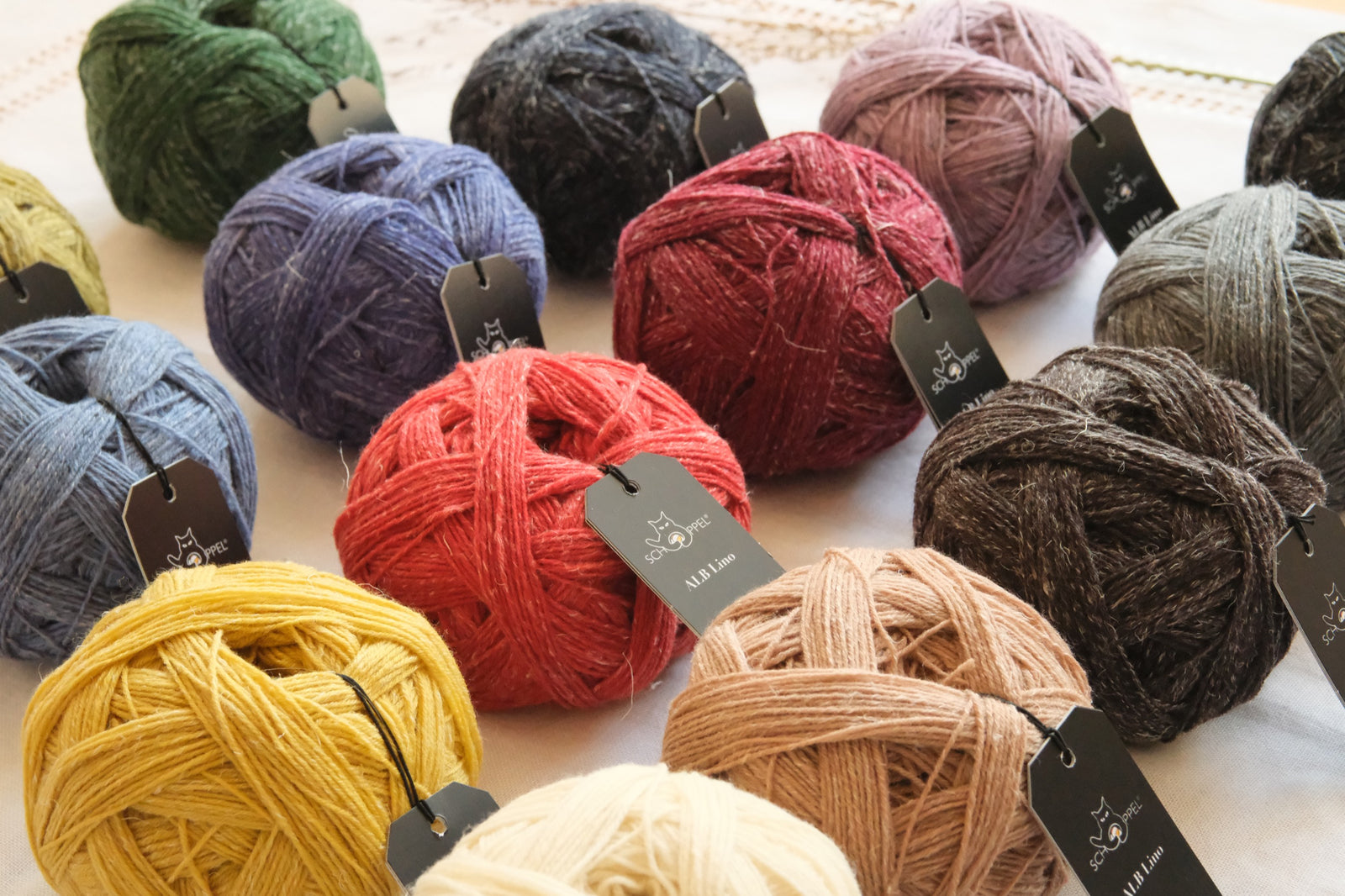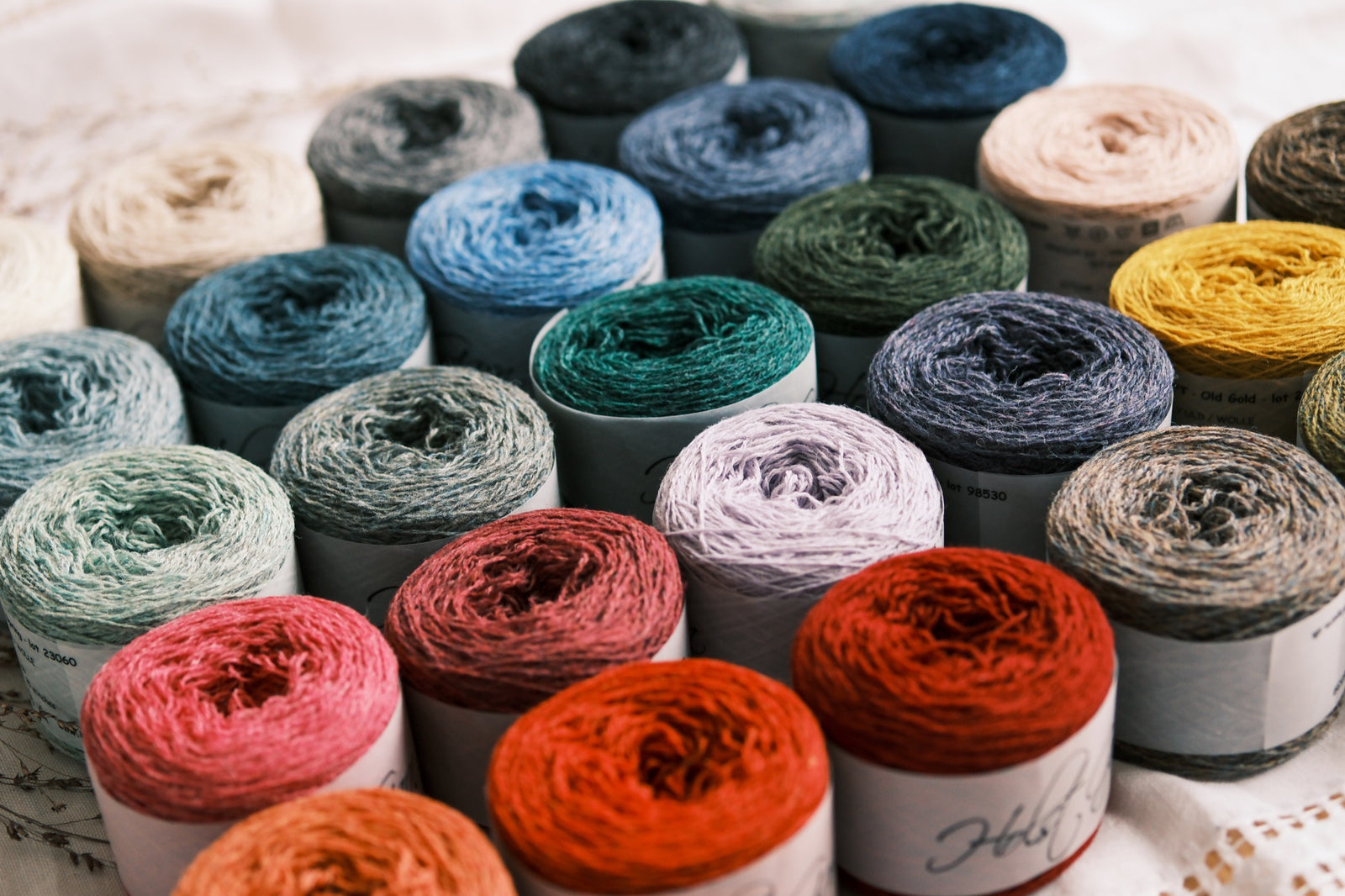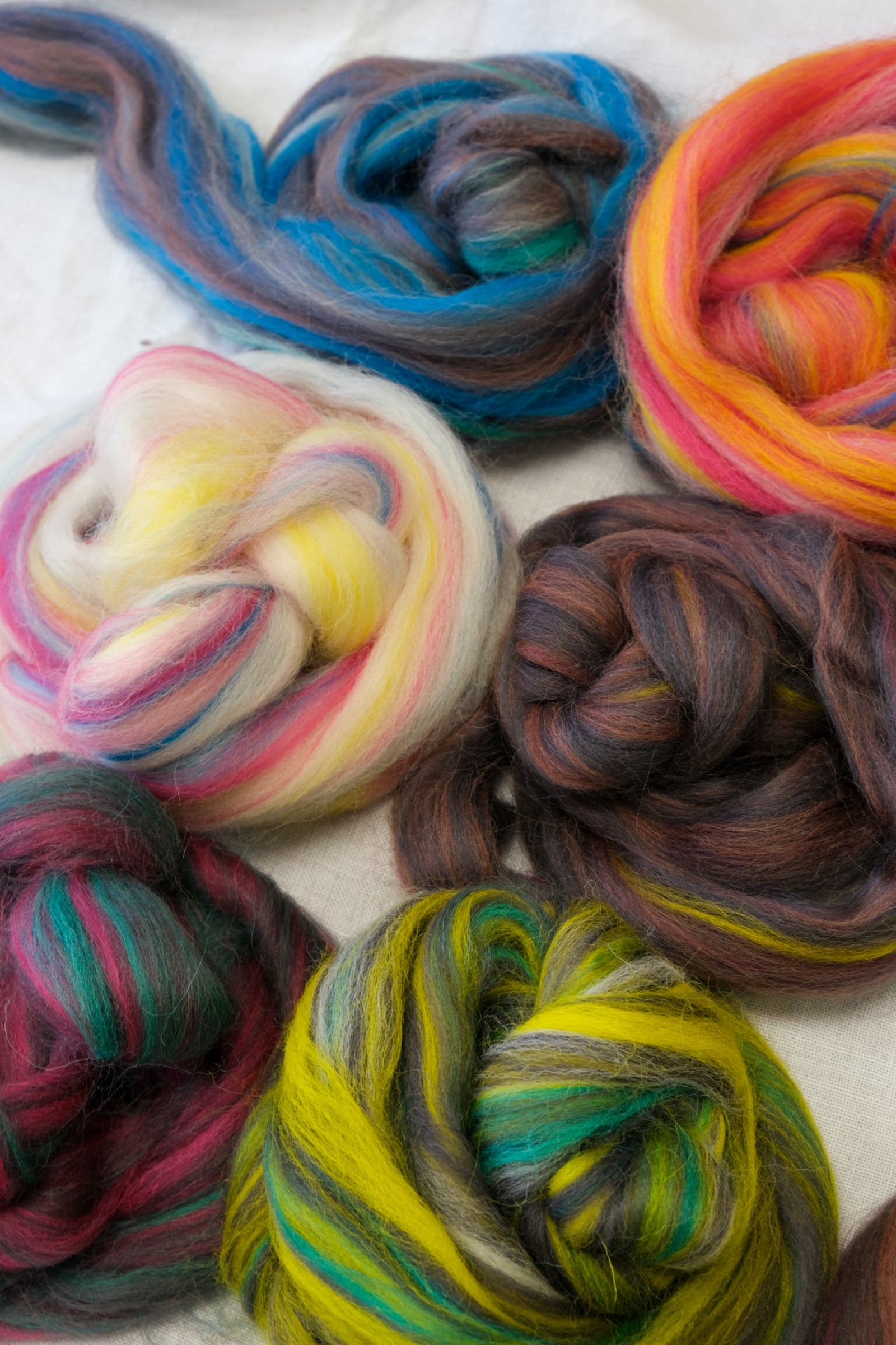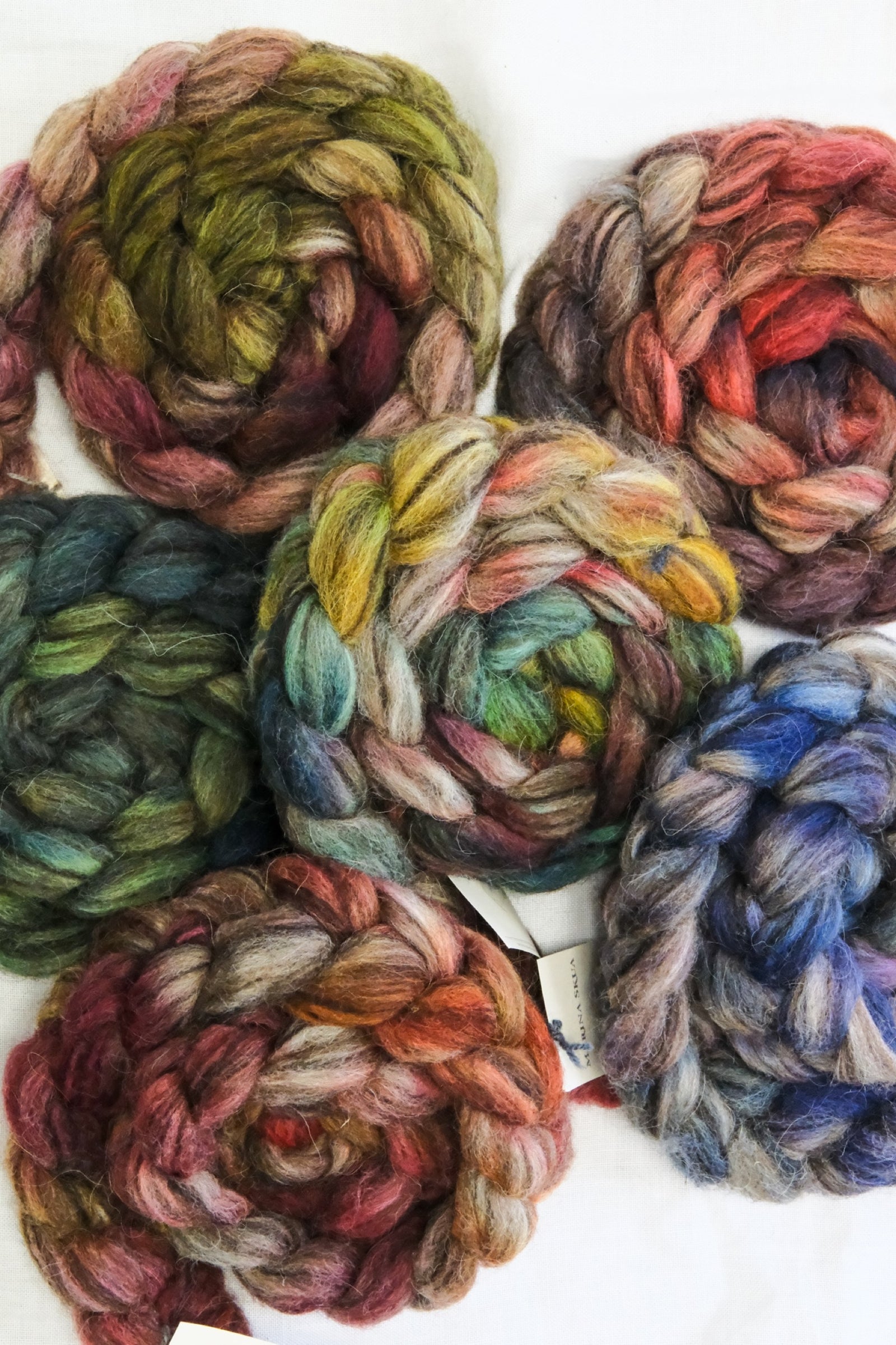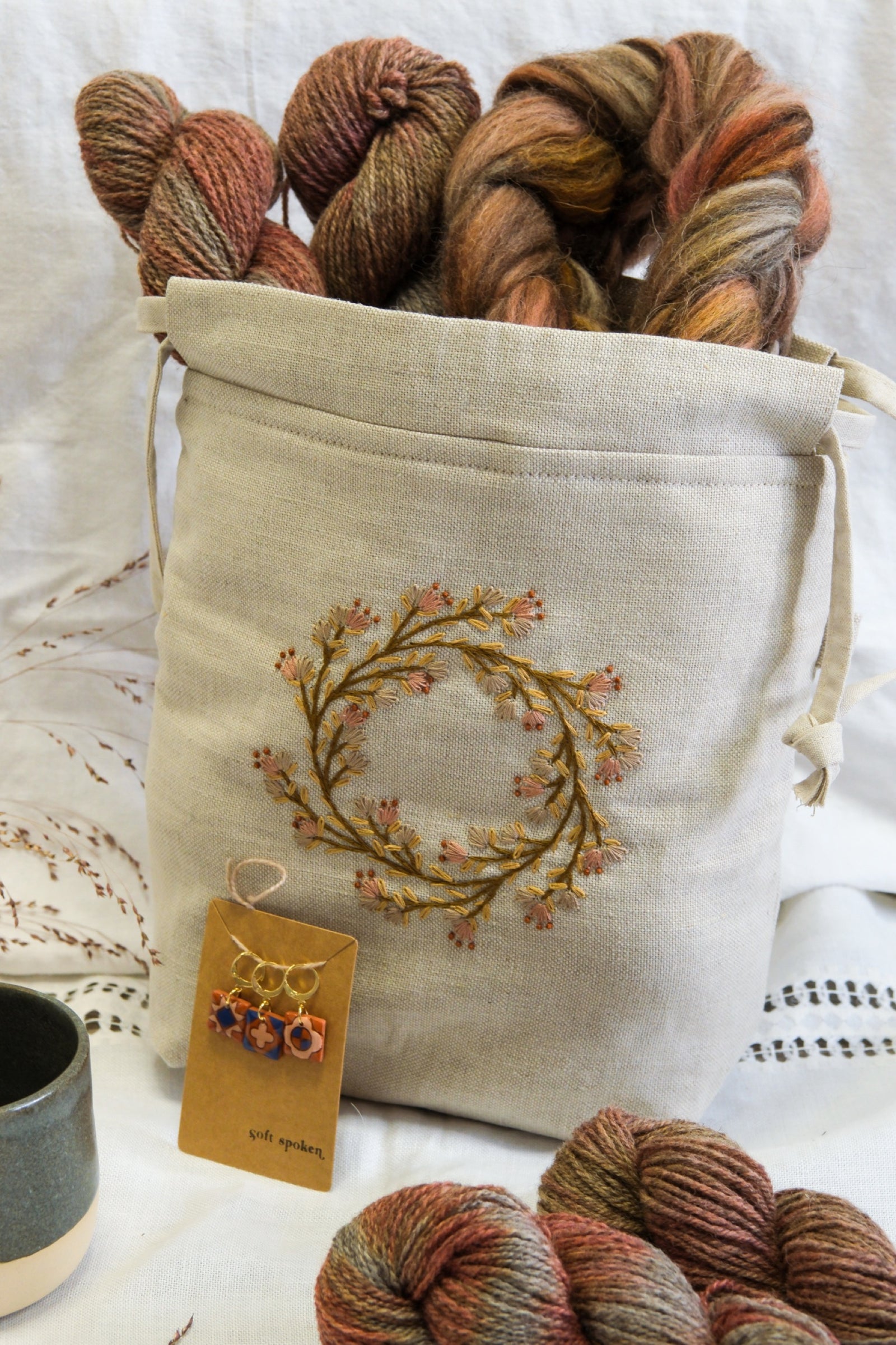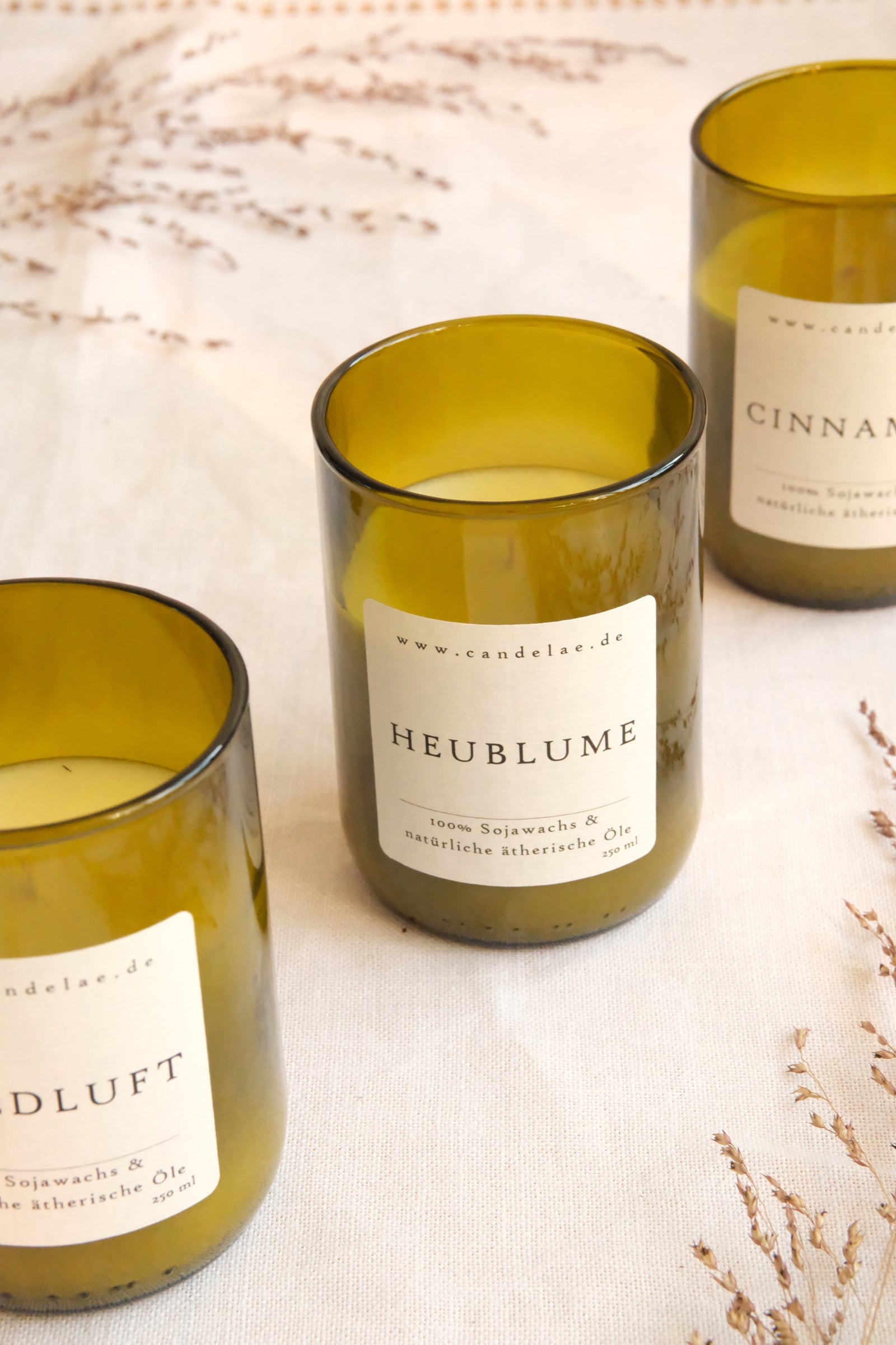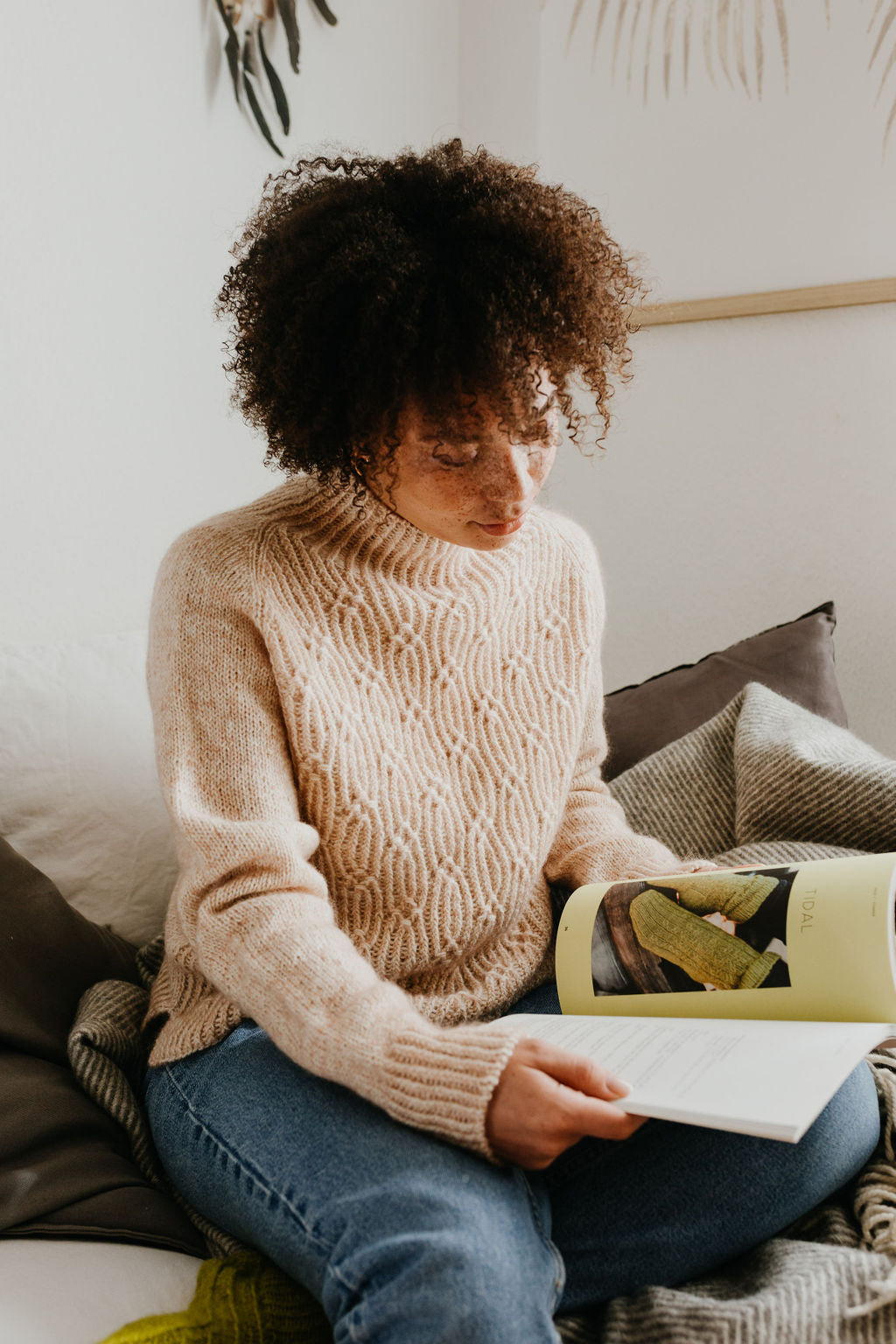As of April 1, Making Stories is closed. Thank you for your support all these years!
As of April 1, Making Stories is closed. Thank you for your support all these years!
Spinning Fiber
Notions & Gifts
Books, Magazines & Patterns
About Us
We're here to help you stitch sustainability into every aspect of your making.
With our carefully curated selection of non-superwash, plastic-free yarns and notions, we have everything you need to get started on your next project - and the one after that.
Here's to a wardrobe of knits we love and want to wear for years to come!
We're here to help you stitch sustainability into every aspect of your making.
With our carefully curated selection of non-superwash, plastic-free yarns and notions, we have everything you need to get started on your next project - and the one after that.
Here's to a wardrobe of knits we love and want to wear for years to come!

Our Sustainability Pledge

Our Blog

Our Podcast
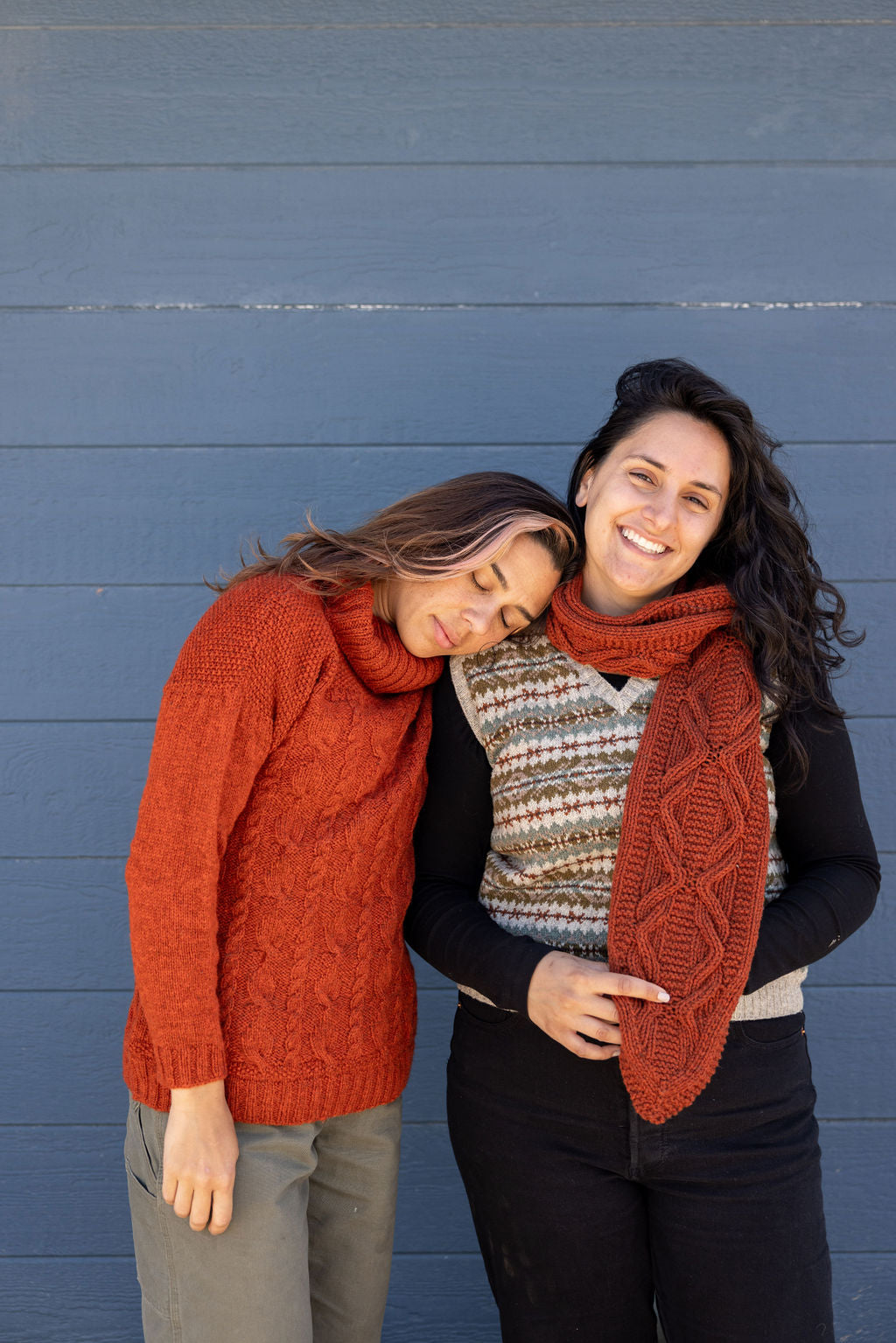
The Making Stories Collective
Exploring Fibre: Synthetics
July 29, 2020 4 min read
Back in April, we kicked off our new series of blog post surrounding Sustainability In Knitting with our first blog post - What Is In My Yarn? In this article, we broke down all the types of fibres you can find when knitting, including animal fibres, plant fibres, synthetic fibres, and the group that falls somewhere in the middle, synthetic plant fibres.
Today, I want to focus in on one particular group - synthetic fibres, and if they are as bad as we think.
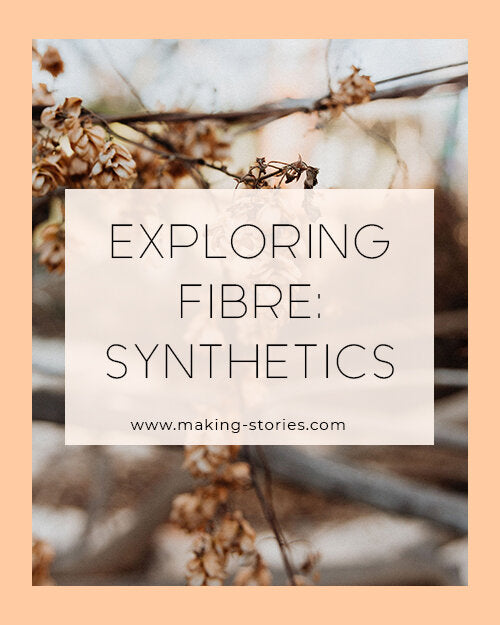
Environmental Impact
About 60 years ago, natural fibres dominated the fashion industry, but over the years, this has shifted as fibres such as polyester, nylon, rayon, and acrylic have become available. On the surface, the rise of these fibres were improvements to the fibre industry. For one, these products are cheaper to produce, leading to more substantial profits and a positive effect on the economy overall. Then there was the addition of chemicals to prevent them from wrinkling, shrinking and the option of making them flame retardant, all benefiting consumers in terms of convenience and ease of care.
But what about the long-term environmental effects? Unfortunately, there is a price to pay for convenience. The rise of petroleum-based products such as polyester and nylon has been particularly damaging. Synthetic fibres are non-biodegradable and unsustainable to the environment. For example, the production of nylon emits nitrous oxide, a greenhouse gas 300 times more dangerous to the ozone layer than carbon dioxide, and the production of polyester requires a massive amount of water which becomes contaminated and flushed back into the waterways.
And it isn't just during the processing of these fibres that our water is being affected. Research shows that synthetic fibres shed tiny fibres known as microplastics. Anytime these fibres are washed, microplastics are flushed straight into our waterways. They eventually end up in the oceans which is bad news for marine life and their eco systems. In turn, they eventually become part of our food chain and there is even evidence of microplastics in our tap water.

So how do synthetic fibres impact our health?
The long-term effects of consuming microplastics have been linked to many illnesses and diseases, including cancer. The reality is that the research into this is relatively new, and there simply is not enough data to know for sure. The fact that the outcome is still so unknown leads to the conclusion that it is something we need to be very mindful of. Either way, eating plastic can't be great for you!
One area where we can make a more definite conclusion is when it comes to our skin health. Synthetic fabrics are treated with thousands of toxic chemicals, and these toxins can remain in your clothes even after repeated washing. They can penetrate the skin and keep giving off small amounts of vapour (volatile organic compounds, or VOCs) for years, possibly causing allergies, respiratory and skin problems, as well as immune system disruption and even hormonal imbalance.
Toxic chemicals aside, synthetic fabrics simply don't breathe, creating an environment for bacteria to grow on the skin, which is never fun.
So what is the conclusion? Get rid of my synthetic yarn, always use natural?
No! As always, these discussions in sustainability are not clear cut. Let's take another look at skin health, for example. Not everyone can wear natural fibres. If you have particularly sensitive skin or suffer from a medical condition, Wool and Bamboo, for example, can be quite scratchy and irritate you further. In these cases, human-made fibre may be the only option for you, and at the end of the day, there is no one better to judge what is right for you and your health than YOU.
As a side note, Bamboo though deemed a natural fibre, has to go through a massive amount of processing to get it to a point where it can be used as a fibre, questioning just how natural it actually is. But this is a topic for another day!
There is also the option of using recycled synthetic materials. Polyester is the easiest synthetic to recycle and we are now seeing recycled nylon popping up in our sock yarn. There are pros and cons with using recycling materials. On the one hand, it keeps plastics out of landfills and reusing these materials reduces our dependence on petroleum as a source of raw materials. On the flip side, the processing involved when recycling can be, in itself, harmful to the environment and there are always limitations to how many times something can be recycled. So the chances are, it will still end up in the landfill.
We also have to consider the financial cost involved. As mentioned earlier, a part of why synthetic fibres became so popular is because they often cost a lot less than natural fibres. Financial accessibility is a huge factor when we discuss any part of sustainability and accessibility as a whole. As much as we may want to be able to only work with natural, sourceable fibres, it sometimes just isn't possible.
(Further reading: Knitting Sustainably On A Budget: Is It Possible? )
So what is the takeaway from today? As we move forward, I firmly believe that, as consumers, we need to have the knowledge to make informed decisions about the materials we are using. So we can make the most sustainable decisions that also makes sense for us.
If this article has left you wondering over yarn you have in your stash, let me leave you with this quote that I love from Aja Barber:
"The most sustainable piece of clothing is already hanging in your wardrobe (sic)."
For me, the same rings true about your stash. Use it, love it and take care of it!
Leave a comment
Comments will be approved before showing up.
Also in Blog

Issue 13 – Confetti & Rainbows | Official Pattern Preview
February 12, 2025 13 min read
Hi lovelies! The sun is out here in Berlin, and what better day to talk about one of the most joyful issues we've ever done than a brilliant sunny winter day – meet Issue 13, Confetti & Rainbows!
In Issue 13 – our Spring 2025 Issue – we want to play! Confetti and rainbows, unusually and unconventionally interpreted in 12 new knitwear designs – a journey through color, shapes, texture and materials.
Confetti made out of dried flowers, collected over months from bouquets and the road side. Sparkly rainbows, light reflecting. Gentle textures and shapes, echoing the different forms confetti can take. An unexpected rainbow around the corner, on a brick wall, painted in broad strokes.
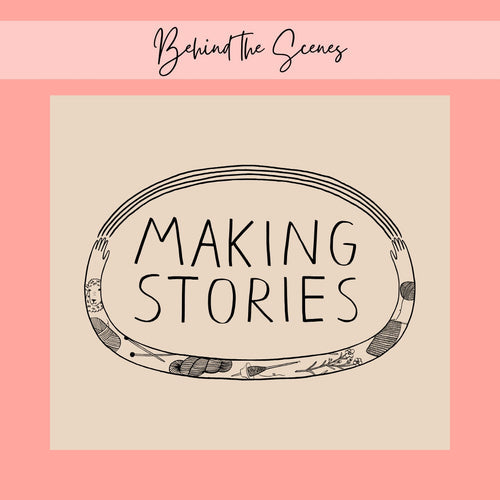
New Look, Same Heart: The Story Behind Our Delightful Rebrand
January 16, 2025 4 min read 1 Comment
Hi lovelies! I am back today with a wonderful behind-the-scenes interview with Caroline Frett, a super talented illustrator from Berlin, who is the heart and and hands behind the new look we've been sporting for a little while.
Caro also has a shop for her delightfully cheeky and (sometimes brutally) honest T-Shirts, postcards, and mugs. (I am particularly fond of this T-Shirt and this postcard!)
I am so excited Caro agreed to an interview to share her thoughts and work process, and what she especially loves about our rebrand!

Thoughts on closing down a knitting magazine
November 19, 2024 12 min read 1 Comment
Who Is Making Stories?
We're a delightfully tiny team dedicated to all things sustainability in knitting. With our online shop filled with responsibly produced yarns, notions and patterns we're here to help you create a wardrobe filled with knits you'll love and wear for years to come.
Are you part of the flock yet?
Sign up to our weekly newsletter to get the latest yarn news and pattern inspiration!

